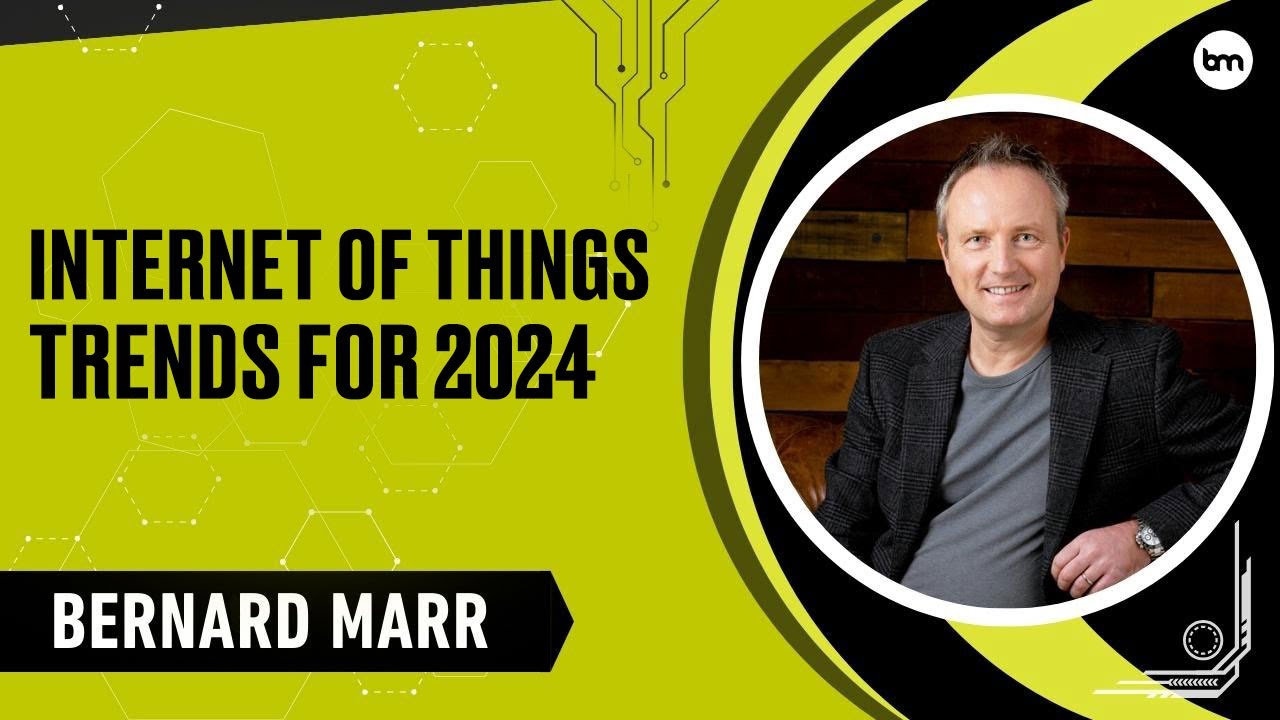
The fusion of Artificial Intelligence (AI) and the Internet of Things (IoT) opens up a plethora of possibilities, yet it also brings forth certain hurdles that need to be surmounted:
Hurdles in Unifying AI and IoT:
-
Data Management: The enormous data produced by IoT devices poses a significant management challenge. For refining their precision, AI algorithms necessitate extensive datasets.
-
Security: Given that IoT devices are frequently set up in unsecured settings, they become susceptible to cyber threats. Implementing stringent security measures is vital to safeguard data integrity.
-
Interoperability: The amalgamation of devices from diverse manufacturers following various protocols may result in interoperability complications, which could impede the efficiency of AI algorithms.
-
Scalability: The extensive reach of IoT presents difficulties as it needs to effectively manage both large-scale and small-scale environments.
-
Energy Efficiency: As many IoT devices operate on batteries, they require energy-efficient AI algorithms for effective functioning on low-power gadgets.
-
Cost: The expense involved in integrating AI with IoT can be exorbitant, particularly for small and medium-sized businesses. Identifying cost-effective strategies is key for successful unification.
-
Privacy Concerns: Gathering sensitive information from users triggers privacy issues that must be addressed to ensure data safety and confidentiality.
Final Thoughts:
Although the amalgamation of AI and IoT holds transformative potential across various sectors, addressing these hurdles is essential to fully tap into the advantages offered by this integration. By navigating these challenges successfully, corporations, governments, and individuals can leverage the power of AI and IoT to build a more intelligent and interconnected world.


